SPIO--RS-232 Serial, 24 pins of I/O, 8 bit onboard port, and expansion bus for off-board playground - BARE BOARD TIN
Designed by Bits Of The Golden Age in United States of America
Buy with confidence.
Our Tindie Guarantee protects your purchase from fraud. Learn More
This is a bare board, the completed board is shown only for reference. The board has four I/O devices: An Intel 8255 PPI which provides three, 8-bit programmable I/O ports; An Intel 8251 USART for an…
Read More…This is a bare board, the completed board is shown only for reference. The board has four I/O devices:
An Intel 8255 PPI which provides three, 8-bit programmable I/O ports;
An Intel 8251 USART for an RS232 serial port up to 19.2K;
Expansion I/O port header;
A generic ‘from scratch’ 8-bit input or output port with LED bit-display.
The 8255 PPI has a 26 pin header that matches the 8155 I/O on the SBC-85 CPU, except the last two pins (25 & 26) are used for I/O rather than redundant power and ground. A very nice feature of the 8255 is direct bit set/reset capability and will be handy for bit-banging out to all of your I2C, Dallas 1-wire, and SPI devices. As common to all Intel parallel port devices, port C can also be used for handshaking for ports A & B if you have your eye on a Centronics style parallel port.
For those that are offended by RS232 out the 8085 SID and SOD, need another serial port, or just want more throughput than bit-banging can deliver, the 8251 USART offers an interrupt driven turn-key serial port up to 19.2K Baud. Its DB9 uses the CTS-RTS or they can (must!!) be looped with a jumper if not used. There is a little patch area where the USART buffer pins can be connected to interrupt lines, and a left over OR gate is provided if you want to hybridize the interrupt request. (Two other unused OR gates and two inverters are left with solder jumpers if you want to patch them in to something.)
Finally, the from-scratch 8-bit input or output port has a 14 pin header. Buffered LED bit-wise display of the signal values is along the left side of the board for those that like blinky things.
All totaled, the board takes eight sequential port addresses with the base address set by a five position DIP. As always, I used brute force address decoding to avoid the use of any programmable devices and while decoding was straight forward it is a little bit messy since everyone needed a different number of ports. The 8255 gets the bottom four port addresses ( i.e., xxxx x0xx), the 8251 gets the next two (base + 04H & 05H, i.e., xxxx x10x), the port expansion header gets the next address (base + 06H, i.e., xxxx x110) and the roll-your-own port gets the top address (base = 07H, i.e., xxxx x111).
No country selected, please select your country to see shipping options.
No rates are available for shipping to .
Enter your email address if you'd like to be notified when SBC-85 SPIO (Serial-Parallel I/O) v1.0 TIN can be shipped to you:
Thanks! We'll let you know when the seller adds shipping rates for your country.
| Shipping Rate | Tracked | Ships From | First Item | Additional Items |
|---|---|---|---|---|
|
:
|
Buy with confidence.
Our Tindie Guarantee protects your purchase from fraud. Learn More
Battle Ground, WA, United States of America
Ships from United States of America.
1 Review | 113 Orders
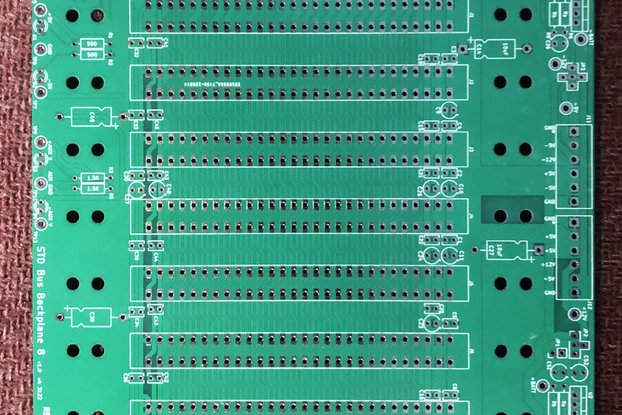
$12.00
Free Shipping!
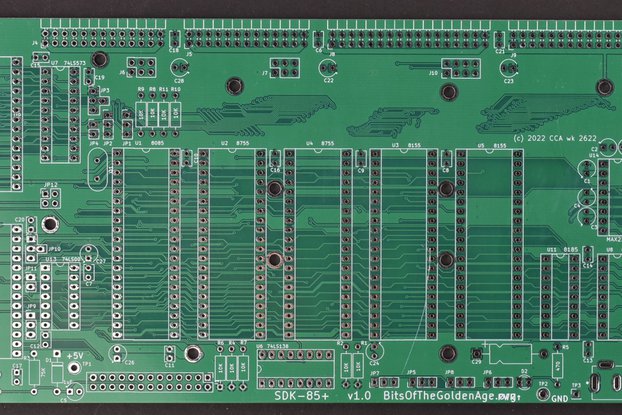
$10.00
Free Shipping!

$3.00
Free Shipping!
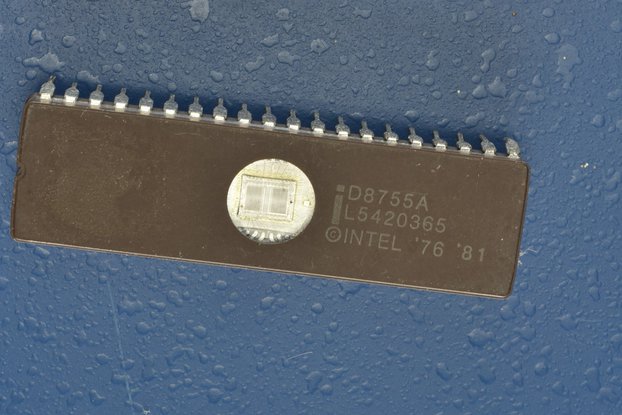
$15.00
Free Shipping!
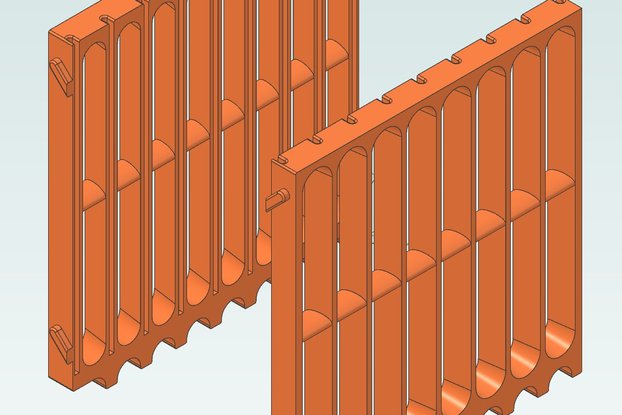
$20.00
Free Shipping!
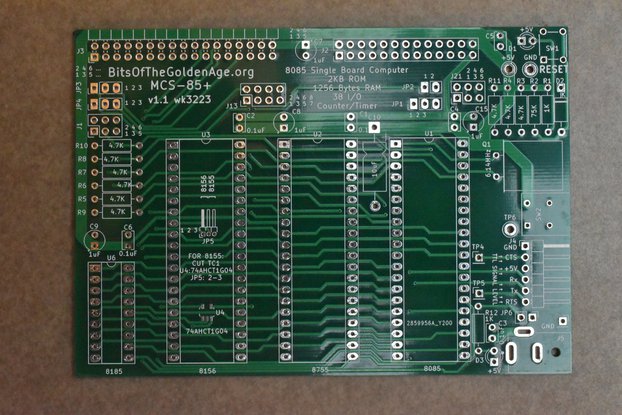
$6.00
Free Shipping!
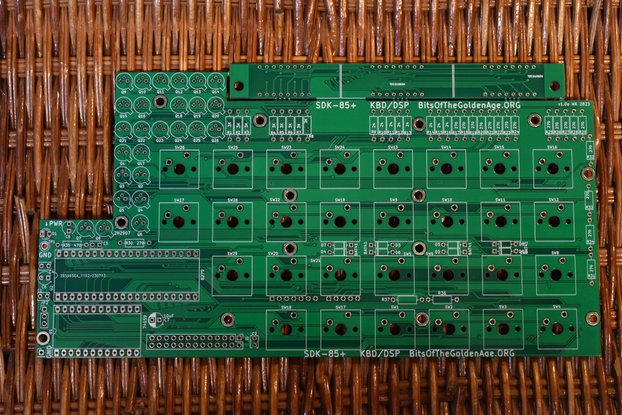
$10.00
Free Shipping!
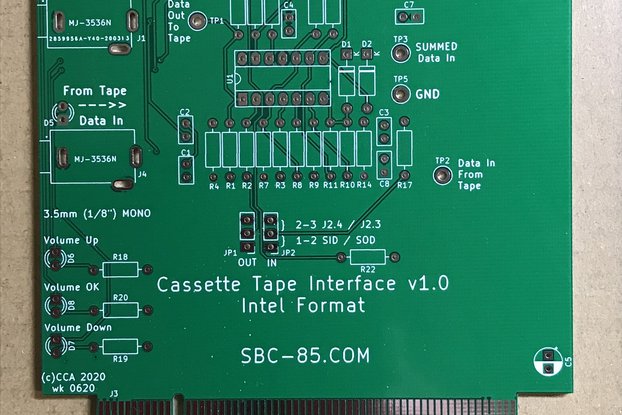
$9.00
Free Shipping!
By clicking Register, you confirm that you accept our Terms & Conditions
We recognize our top users by making them a Tindarian. Tindarians have access to secret & unreleased features.
We look for the most active & best members of the Tindie community, and invite them to join. There isn't a selection process or form to fill out. The only way to become a Tindarian is by being a nice & active member of the Tindie community!
